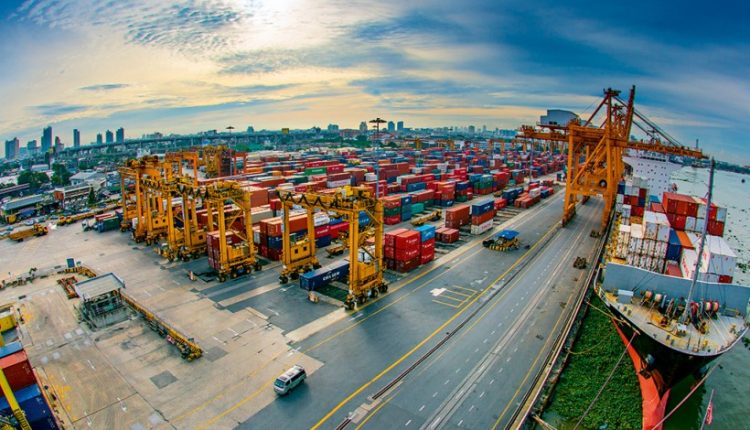Significant Differences in Operations Volume in Middle Eastern Ports in 2023
A Look at Container Traffic Statistics in Major Middle Eastern Ports in 2023
Sea news-Bayandor: In today’s world, ports play a crucial and strategic role in facilitating international and regional trade. The performance of ports, as key points in the global supply chain, has a direct impact on the economies of countries. The Middle East, with its unique geographical location, is a convergence point for major global trade routes. Among these, the region’s main ports, with varying capacities, play a significant role in the movement of goods and trade facilitation. This report examines and analyzes the container performance of the region’s main ports in 2023, highlighting the significant differences in their operational volumes. This analysis can help decision-makers and officials plan more effectively for infrastructure development and increased port efficiency by providing a better understanding of the current situation.
**United Arab Emirates Ports: Absolute Leadership in Container Handling**
According to statistics released in 2023, Jebel Ali Port in Dubai, with the handling of 14,470,000 TEUs (Twenty-Foot Equivalent Units), is recognized as the largest and busiest port in the region. This port plays a key role in international and regional trade, significantly outpacing other ports. Its advanced infrastructure and strategic location have made it a prominent commercial hub.
Khalifa Port in Abu Dhabi, with the handling of 4,910,000 TEUs, is considered the second largest port in the UAE and the region. Recent developments and capacity increases have made it one of the most important commercial centers in the region.
**Saudi Arabia: The Prominent Role of King Abdul Aziz Port**
King Abdul Aziz Port in Dammam, with the handling of 2,305,811 TEUs in 2023, is one of Saudi Arabia’s main ports. As one of the important maritime trade centers in the Persian Gulf, this port plays a significant role in goods movement and international trade facilitation.
**Iran: Bandar Abbas Leading in Container Handling**
Bandar Abbas, with the handling of 2,137,062 TEUs, is recognized as Iran’s largest port in 2023. This port, given its strategic location on the edge of the Persian Gulf, plays a vital role in Iran’s maritime trade and the region.
Other ports in Iran, including Bushehr Port with 57,176 TEUs, Chabahar Port with 49,538 TEUs, and Khorramshahr Port with 24,227 TEUs, indicate the need for development and infrastructure improvement to increase their share of the regional maritime trade market.
**Iraq and Qatar: Port Growth and Development**
Umm Qasr Port in Basra, with the handling of 1,544,795 TEUs, is Iraq’s main port, playing a significant role in goods movement and regional trade. Infrastructure improvements and increasing trade demand are key growth factors for this port.
Hamad Port in Qatar, with the handling of 1,318,414 TEUs in 2023, has become one of the region’s strategic ports. Recent developments in this port highlight Qatar’s efforts to increase its role in international trade.
**Oman: Sohar Port and Container Handling**
Sohar Port in Oman, with the handling of 818,110 TEUs in 2023, is one of Oman’s important ports. This port, with infrastructure development and increasing commercial interactions, plays a significant role in goods movement in the region.
Container handling statistics for 2023 show major differences in the capacity and performance of the region’s various ports.
The United Arab Emirates’ ports, especially Jebel Ali and Khalifa, are leading container handling by a significant margin over other ports. Iran’s ports, given their strategic location, have high potential but need development and infrastructure improvement to increase their market share. Other regional countries’ ports, such as those in Iraq and Qatar, are also increasing their market share in container handling with infrastructure improvements and growing trade demand.
These statistics and analyses highlight the strategic importance of ports in international trade and their vital role in facilitating goods movement in the Middle East region.

